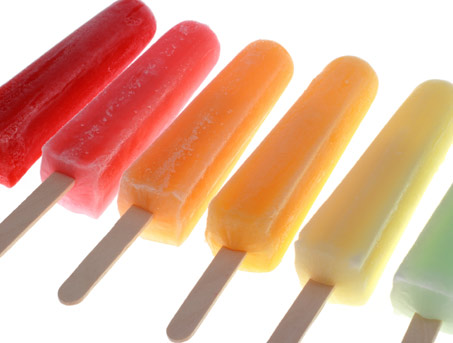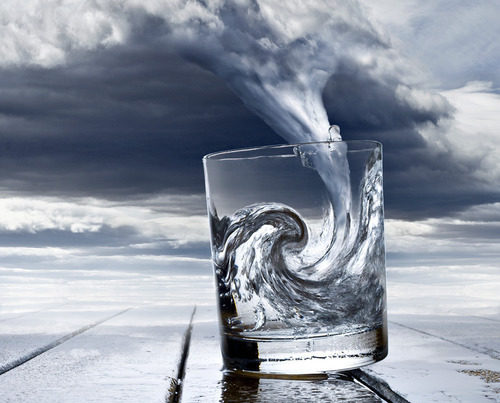Do you make popsicles for your kids during the summer? Involve them in the process and turn it into a science lesson!
Materials:
juice, plastic cup, ruler, waterproof marker, popsicle stick (or plastic spoon), index card
Procedure:
1. Fill a small plastic cup about ½ full of juice. (Cups with the straightest sides work best.)
2. Cut a slit in the middle of an index card and place it over the cup. Insert a Popsicle stick or plastic spoon through the card and into the liquid, holding it upright with the index card.
3. Make a mark on the outside of the plastic cup at the top of the juice.
4. Measure the height from the bottom of the cup to the mark. Record.
5. Place the cup in the freezer and leave undisturbed until frozen.
6. Remove from the freezer and measure the height of the frozen juice. Record.
7. If age appropriate, calculate the change in height and record.
8. Ask the question, “Why is there more juice in the cup when it is frozen?”
How it works:
Juice contains a large amount of water. Water is one of the only substances on earth that expands when it freezes. Most liquids contract as they get colder as the molecules slow down and get closer together. Water does contract as it cools all the way down to 4°C. But between 4°C and 0°C (the freezing point of water), the water molecules actually begin to spread farther and farther apart. Solid water (ice) is less dense than liquid water because the molecules in ice are spread farther apart than in water. That’s why ice floats in water.




